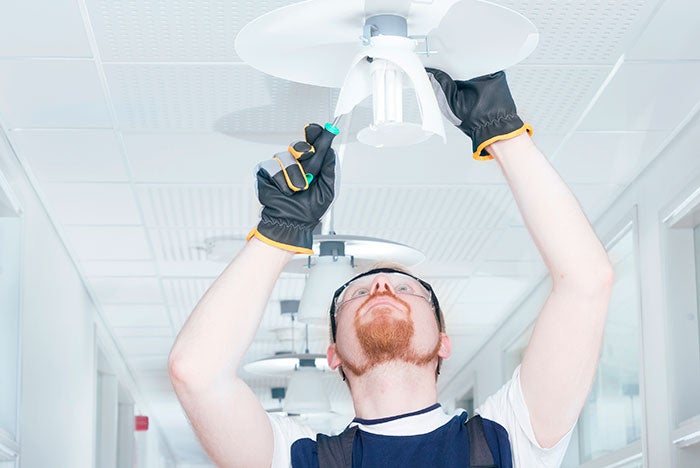Design features influencing circadian rhythm
Disrupted circadian rhythms (day-night cycles) can compromise the recovery of hospitalized patients. Three recent studies available through The Center for Health Design’s Knowledge Repository examine design features that influence this fundamental element of orientation.
Researchers in the Netherlands studied neonatal intensive care unit (NICU) records of very preterm infants to explore light exposure patterns, light exposure metrics, and the association between lighting metrics and environmental and infant characteristics. Incubators featured a light measuring sensor, and light levels were recorded at one-minute intervals. For the 87% of infants requiring phototherapy, light exposure was recorded at the lower limit of the light sensor during treatment because protective eye coverings are required.
Researchers then studied 24-hour light exposure according to the three distinct nurse shifts of morning, afternoon and night. Seventy-nine infants were included in the study. Despite around-the-clock NICU activities, a 24-hour light-dark cycle was noted, with higher light intensity recorded in the morning and lower values occurring near midnight. Season influenced the light-dark cycle, with infants born in the summer consistently exposed to higher light amplitudes (the experienced “brightness”) compared to those born in winter. This seasonal difference suggests that outdoor environments might influence how staff modify the indoor environment.
Another team studied how environmental conditions of light and noise varied during a prolonged (13-61 days) hospital stay. Over a six-month period, researchers recorded sound and light levels at one-minute intervals in the rooms of pediatric patients receiving stem cell transplants. Similar to the previous study, measures were grouped into daytime, evening and overnight categories.
In this sample, nighttime sound disturbances were nearly universal (96.5% of nights), and patients experienced nonoptimal lighting conditions (either too bright or too dim) nearly two thirds (62%) of the time. Nighttime noise disruptions exceeded World Health Organization recommendations for sleep, indicating a need to mitigate noise, with a focus on curtailing sounds that occur in brief bursts. Although light levels were often dim enough for sleep, daytime lighting was rarely bright enough to preserve healthy circadian rhythms, which can result in problems with nighttime rest.
Finally, researchers in Germany modified two double-occupancy, adult intensive care unit (ICU) rooms to assess whether changes in design would reduce the incidence of ICU delirium. Modified rooms were redesigned to relieve stress, reduce noise, support cognition and foster early mobilization. Changes also included a dynamic lighting system.
Beginning the day after initial ICU admission, routine patient assessments included sedation level, delirium metrics, pain and serum melatonin levels. There were no statistical demographic differences between the 37 patients assigned to modified rooms and the 37 patients assigned to standard rooms. However, more than three quarters of patients (76%) developed delirium in standard rooms compared to less than half (46%) of the patients in modified rooms. Patients in standard rooms also demonstrated a 2.3-fold higher delirium severity.
Interventions facilitating healthy circadian function should be a priority across patient populations. More research on this and other design topics can be accessed at The Center for Health Design’s Knowledge Repository.
Research used for this column
The following health care facilities design research citations from The Center for Health Design’s Knowledge Repository were used by the author when writing this column:
- I. A. Van Der Linden et al., “Characterizing Light-Dark Cycles in the Neonatal Intensive Care Unit: A Retrospective Observational Study,” Frontiers in Physiology, vol. 14 (2023): 1217660.
- A. L. Fidler et al., “Sleep and Circadian Disruptors: Unhealthy Noise and Light Levels for Hospitalized Pediatric Patients,” Journal of Hospital Medicine, vol. 18, no. 11 (2023): 999–1003.
- C. Spies et al., “Modification in ICU Design May Affect Delirium and Circadian Melatonin: A Proof of Concept Pilot Study,” Critical Care Medicine, vol. 52, no. 4 (2024): e182–92.
About this column
“Design Discoveries” highlights research from The Center for Health Design’s Knowledge Repository, a user-friendly library of health care design resources. This research effort is supported by the American Society for Health Care Engineering, the American Institute of Architects, the Academy of Architecture for Health Foundation and the Facility Guidelines Institute.
Yolanda Keys, Ph.D., R.N., EDAC, research associate, The Center for Health Design.





